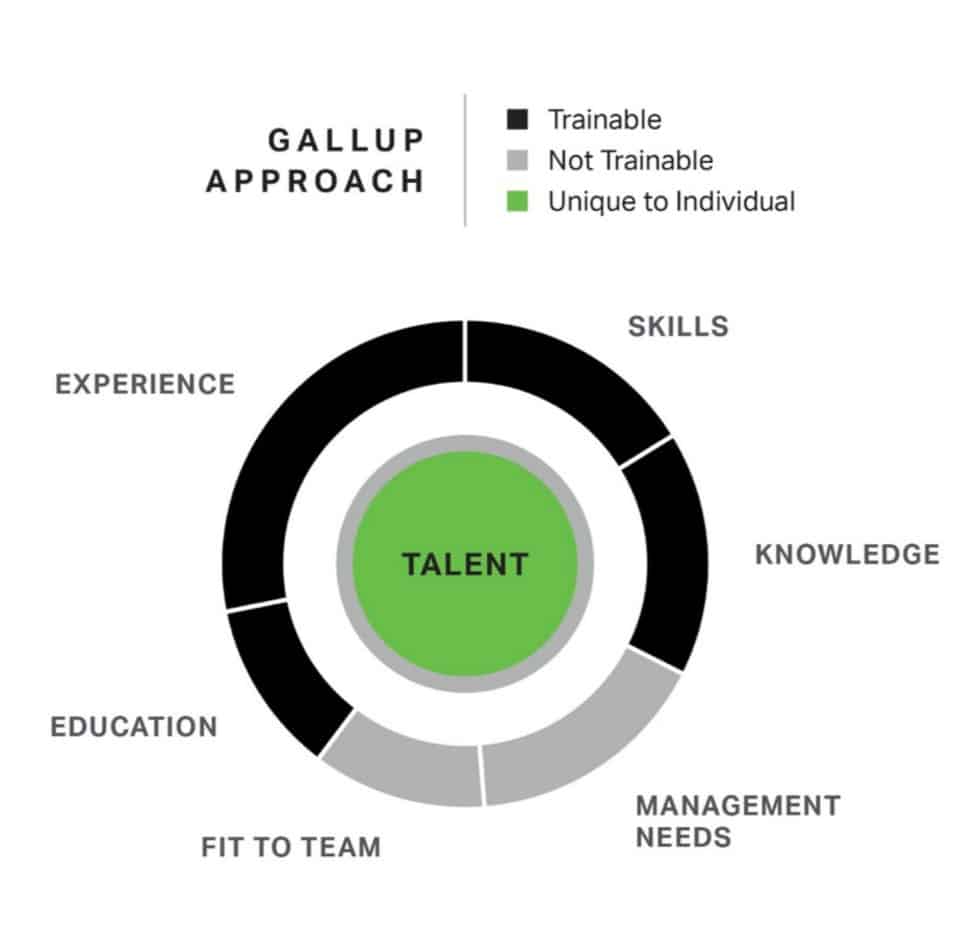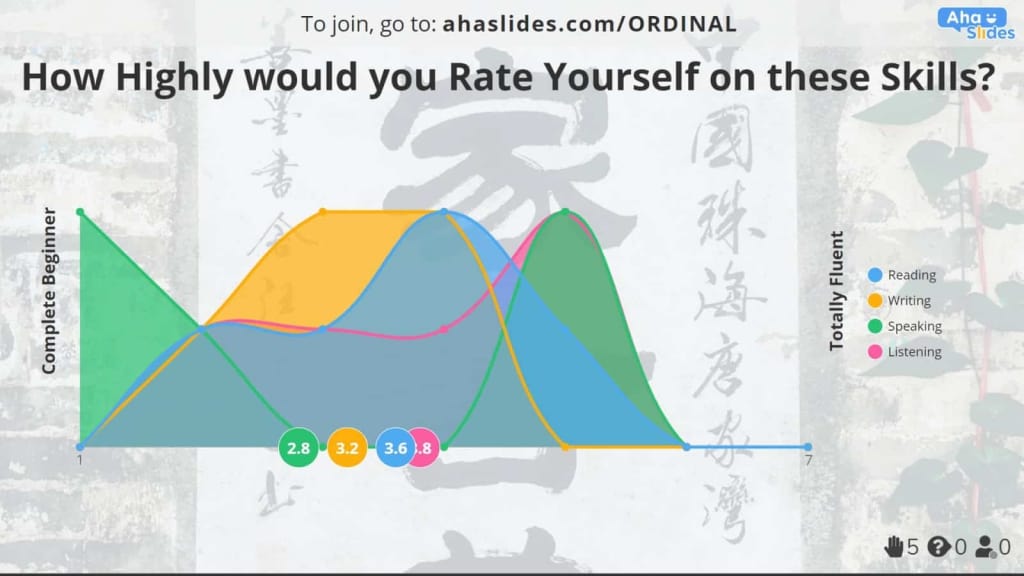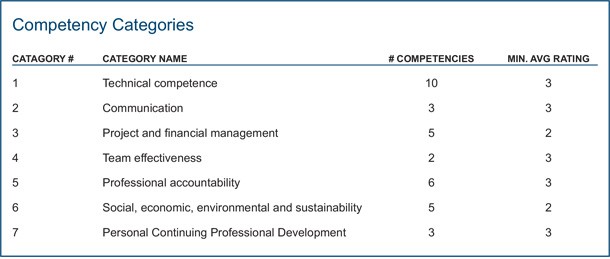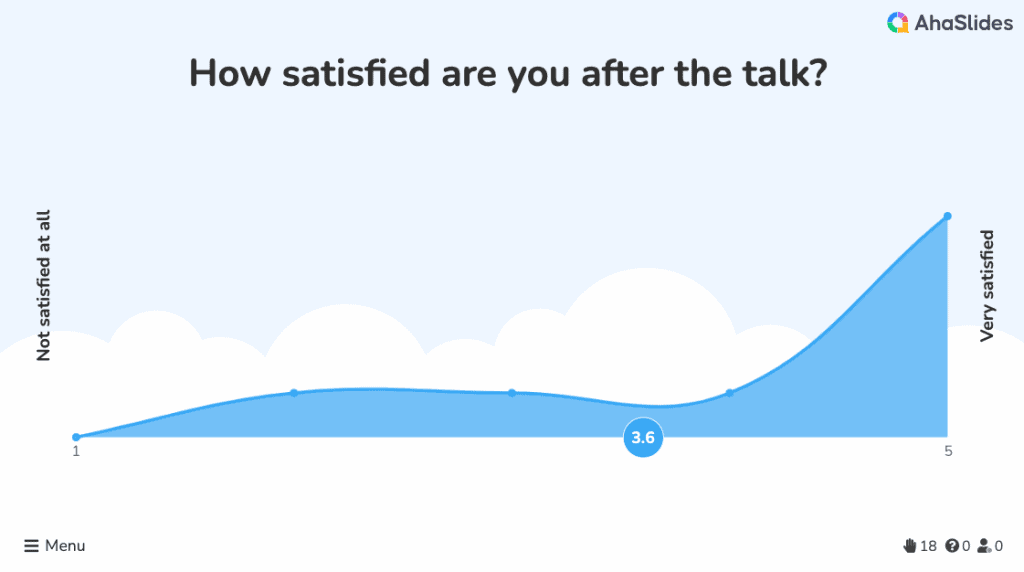It's more flexible when you plan to fill up the junior positions in the company, but for senior roles such as the VP of sales, or directors, it's a different story.
Like an orchestra without a conductor, without high-level personnel to give clear direction, everything would be chaotic.
Don't put your company at a high stake. And by that, start with succession planning to make sure critical roles are not left vacant for too long.
Let's look into what HRM Succession Planning means, and how to plan all the steps in this article.
Table of Contents
- What is HRM Succession Planning?
- Process of Succession Planning in HRM
- Bottom Line
- Frequently Asked Questions
What is HRM Succession Planning?

Succession planning is a process of identifying and developing internal people with the potential to fill critical leadership positions within an organisation.
It helps ensure leadership continuity in key positions and retain knowledge, skills and experiences within the organisation.
• Succession planning is part of an organisation's overall talent management strategy to attract, develop and retain a skilled workforce.
• It involves identifying both short-term and long-term potential successors for critical positions. This ensures a continuous talent pipeline.
• Successors are developed through various means like coaching, mentoring, sponsorships, career planning discussions, job rotations, special projects and training programs.
• High potential employees are identified based on criteria like performance, competencies, skills, leadership qualities, potential and willingness for promotion.

• Assessment tools like 360-degree feedback, personality tests and assessment centres are often used to identify high potentials accurately.
• Successors are coached well in advance, ideally 2-3 years before they are needed for a position. This helps ensure they are adequately prepared when promoted.
• The processes are dynamic and must be continually reviewed and updated as company needs, strategies and employees change over time.
• External hiring is still part of the plan as not all successors may be available internally. But the focus is more on developing successors within first.
• Technology is playing an increasing role, like using HR analytics to identify high potentials and using digital tools for candidate assessment and development planning.
Process of Succession Planning in HRM
If you are looking to create a solid succession plan for your company's human resource management, here are four key steps you should consider.
#1. Identify critical roles

• Consider roles that have the most strategic impact and require specialized knowledge or skills. These are often leadership positions.
• Look beyond just titles - consider functions or teams that are most critical for operations.
• Focus on a manageable number of roles initially - around 5 to 10. This allows you to build and refine your process before scaling up.
#2. Assess current employees

• Gather data from multiple sources - performance reviews, competency assessments, psychometric tests, and manager feedback.
• Evaluate candidates based on critical role requirements - skills, experiences, competencies, and leadership potential.
• Identify high potentials - those who are ready now, in 1-2 years, or in 2-3 years to take on the critical role.
Get feedback in a meaningful way.
Create awesome interactive surveys for free. Gather quantitative & qualitative data in an instant.

#3. Develop successors

• Create detailed development plans for each potential successor - identify specific training, experiences or skills to focus on.
• Involves the potential candidates in business operations that are vital to the role, such as M&A or business expansion.• Provide developmental opportunities - coaching, mentoring, special assignments, job rotations, and stretch assignments.
• Monitor progress and update development plans regularly.
#4. Monitor and revise

• Review succession plans, turnover rate and readiness levels at least annually. More frequently for critical roles.
• Adjust development plans and schedules based on employee progress and performance.
• Replace or add potential successors as needed due to promotions, attrition or new high potentials identified.
• Develop an onboarding process to get the new successor up to speed as soon as possible.Focus on creating an agile HRM succession planning process that you continuously improve over time. Start with a smaller number of critical roles and build out from there. You need to regularly assess your employees to identify and develop potential future leaders from within your organisation.

Conduct Employee Satisfaction Levels With AhaSlides.
Free feedback forms whenever and wherever you need them. Obtain powerful data and meaningful opinions!
Get started for free
Bottom Line
An HRM succession planning ensures you're always finding and nurturing top-notch talents for your critical roles. It's good to regularly assess your employees, especially high performers, and provide the necessary development interventions to develop potential successors. An effective succession planning process can future-proof your organisation by guaranteeing no leadership disruption.
Frequently Asked Questions
What is the difference between succession planning and succession management?
While HRM succession planning is part of succession management, the latter takes a more holistic, strategic and development-oriented approach to ensure the company has a robust talent pipeline.
Why is succession planning important?
HRM succession planning addresses both immediate needs to fill key vacancies, as well as long-term needs to develop future leaders. Neglecting it can leave gaps in leadership that jeopardise an organisation's strategic plans and operations.







